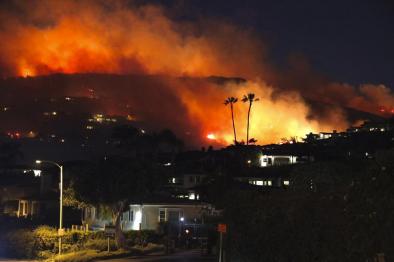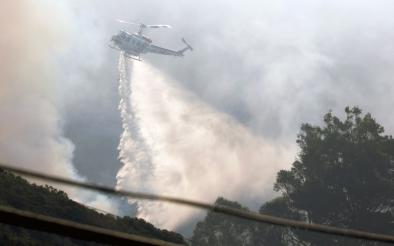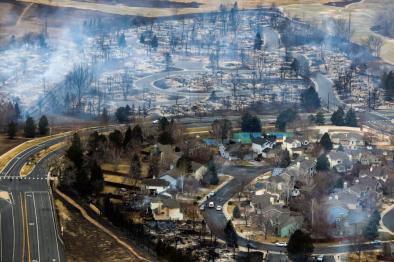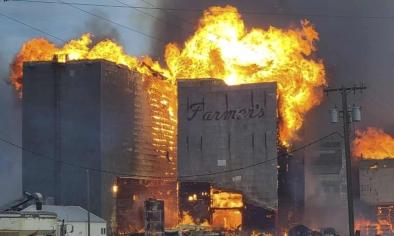Science Source
Northern forest winters have lost cold, snowy conditions that are important for ecosystems and human communities
- States that we lack a synthetic understanding of how winter climate change may impact hydrological and biogeochemical processes and the social and economic activities they support.
- Uses 100 years of meteorological observations across the northern forest region of the northeastern United States and eastern Canada to develop a suite of indicators that enable a cross‐cutting understanding of:
- How winter temperatures and snow cover have been changing and
- How these shifts may impact both ecosystems and surrounding human communities.
- Shows that cold and snow covered conditions have generally decreased over the past 100 years.
- Trends suggest positive outcomes for tree health as related to reduced fine root mortality and nutrient loss associated with winter frost but negative outcomes as related to the northward advancement and proliferation of forest insect pests.
Related Content
Headline

Feb 11, 2022 | Climate Nexus Hot News
Fires Burn In Hot, Dry Southern California, In February
Headline

Jan 24, 2022 | Reuters
Firefighters gaining control of wildfire that closed scenic California highway
Event

Jan 5, 2022
Marshall Fire December 2021
Headline

Dec 7, 2021 | The Guardian
Winter heatwave breaks records in four US states


